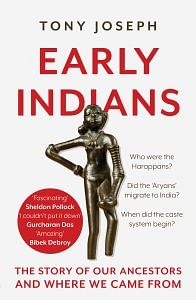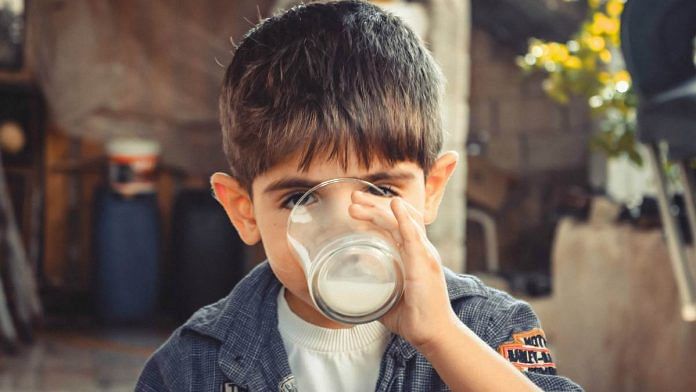The gene story tells us that there are good reasons behind what Indians eat and do not eat.
If our prehistory should teach us anything, it is that old cliché: unity in diversity. We live in a geographical region that can be termed a common civilizational and conversational area. The topics of our intellectual and cultural discussions, debates and disputes are uniquely our own but we do not have a consensual set of answers: our answers and responses are dependent upon the different traditions and historical experiences that different groups among us carry. We as Indians have lived through the same history too, but we have experienced some of it from different ends. The difference in political or even eating preferences between southern and eastern India on the one hand, and northern and western India on the other hand, are a reflection of the kind of differences that there are, and some of them are deep-going
Take, for example, our food habits. It is clear that North Indians and western Indians consume far more milk and milk products and far less meat and fish than east Indians or South Indians. Politicians and commentators often look at these differences as sociopolitical in nature. But these have a more foundational reason: genes. Or more specifically, a gene mutation called 13910T which originated in Europe some 7500 years ago. This gene allows the human body to digest milk beyond infancy, into adulthood. Homo sapiens are the only mammals in the world who have acquired this ability. This is not surprising because humans figured out they could keep cattle or goats and exploit them for milk, such a mutation would have been unnecessary. But once they started domesticating cattle, the ability to digest milk as adults would have become tremendously useful, and a mutated gene that fit the bill was selected over time by evolution.
The ability to digest milk even into adulthood evolved more than once, in four different areas of the world. But the European mutation 13910T is of particular interest to us because most Indians who have the ability to consume milk as adults carry this European version. A countrywide screening of DNA samples from all major language groups and regions of India to answer questions about lactase persistence (the technical term for the ability to digest milk after infancy) came to many conclusions, three of which are as follows: first, its distribution in India follows a general north-west to south-east declining pattern. Second, the mutation is identical to the European one. Third, only about a fifth of Indians can digest milk into adulthood, with people in western and northern India being the most likely to do so. The frequency of the gene ranges from over 40 per cent in certain parts of western and northern India to less than 1 per cent in parts of north-east India.
So this finally clarifies why east Indians or South Indians drink far less milk than North and West Indians. As adults, many of them are unable to digest it. It bears repeating that all children can consume milk, whether they have the gene or not. The difference between those who have the gene and those who do not is that while those with the gene can go on drinking and digesting milk for the rest of their lives, others will lose this ability sometime between their first year and adulthood.
What has all this got to do with vegetarianism, or the relative difference in consumption of meat and fish between the north and west on the one hand and south and east on the other? It is simply this: the ability to digest milk as adults gives those Indians with the gene mutation an option to substitute milk for meat or fish as a source of animal protein, which many of them seem to have taken. This is borne out by surveys of household consumer expenditure carried out by the National Sample Survey. These figures show that, by and large, states consuming a lot more milk consume a lot less meat, fish and eggs, while states consuming a lot more meat, fish and eggs consume a lot less milk.
Clearly, there is a trade-off happening here between milk and meat, but only in some regions. Please also note that regions consuming more milk and less meat are precisely those with a greater prevalence of the gene mutation, and vice versa. What the gene story tells us is that there are good reasons behind the patterns we see on India’s sociological map and for the differing answers given to common questions of our civilization, including what to eat and what not to eat. To try to erase these differences and patterns to create a monoculture would be a typically un-Indian enterprise, prone to mishaps and doomed to failure.

This excerpt from Tony Joseph’s book ‘The Early Indians’ has been published with permission from Juggernaut.




Insightful